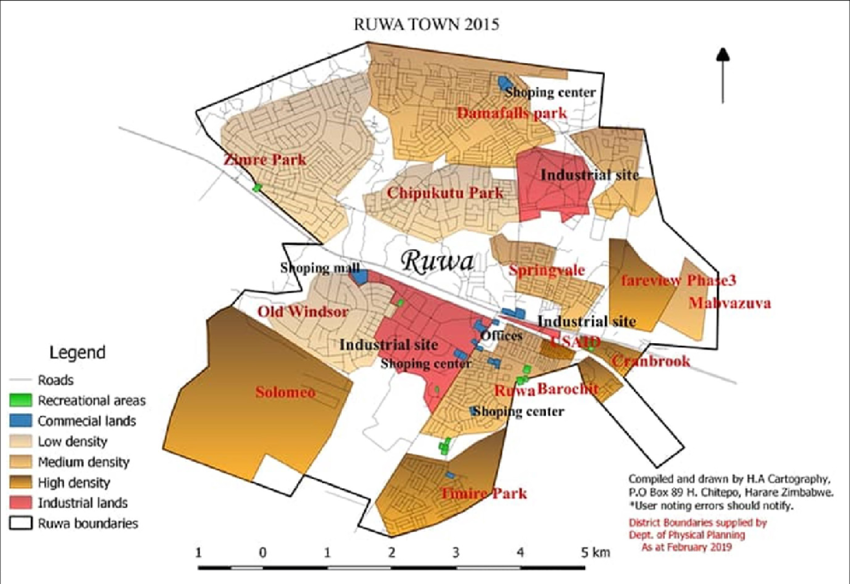By Correspondent
1- All of the major towns in the country except Ruwa were established during the colonial era based on a planning system which segregated the African population.
2- It became the only town in the country to emerge out of the initiative of Private Land Developer Companies (PLDCs).
These were companies that had relatively better fnancial capacity.
No other town in Zimbabwe has grown against a background similar to it.
3- Mashonaland Holdings Limited, a PLDC, initially acquired land for residential, industrial and commercial development.
It was granted a development permit to establish the first residential and industrial area by the Goromonzi Rural District Council in 1987.
4- The town was established within a commercial farming area by the Government of Zimbabwe in 1986.
5- Related companies like the Zimbabwe Reinsurance Corporation, ZB Building Society, Damofalls Land Developers, Fairview Land Developers, the Zimbabwe Housing Company, Barochit Property Developers and Tawona Gardens Private Limited were incorporated into the partnership to help in establishing residential and industrial areas.
6- In 1991 it became an urban centre administered by a local board with a population of over 25 000 people.
7- The town’s phenomenal growth resulted in it being given town status in 2008 by the Ministry of Local Government, Public Works and National Housing.
8- As a way of decolonising space through the decentralisation of amenities,Ruwa successfully flourished without a CBD.
9- The Ruwa town Planning Authorities deliberately decentralised commercial and public services in thetown in order for residents to easily access them.
10- All houses in Ruwa except for those built under the Government Garikai Scheme had privately designed building plans.



